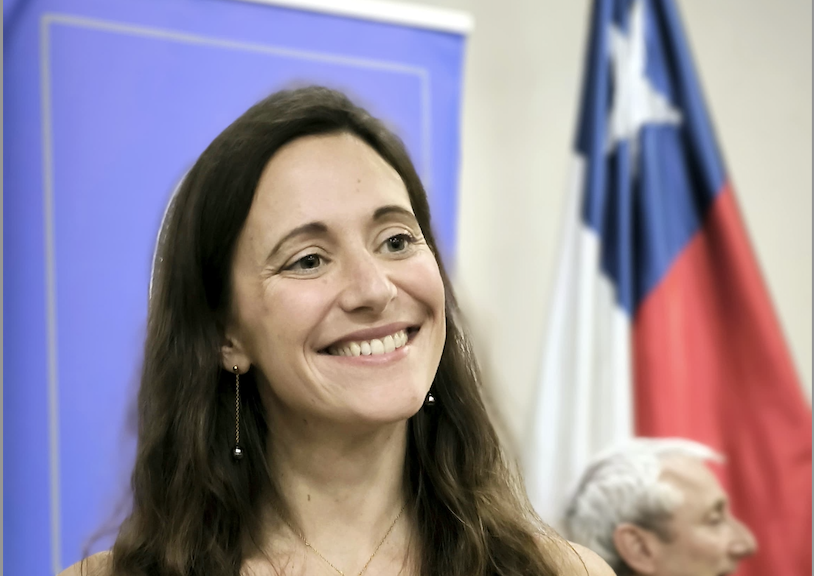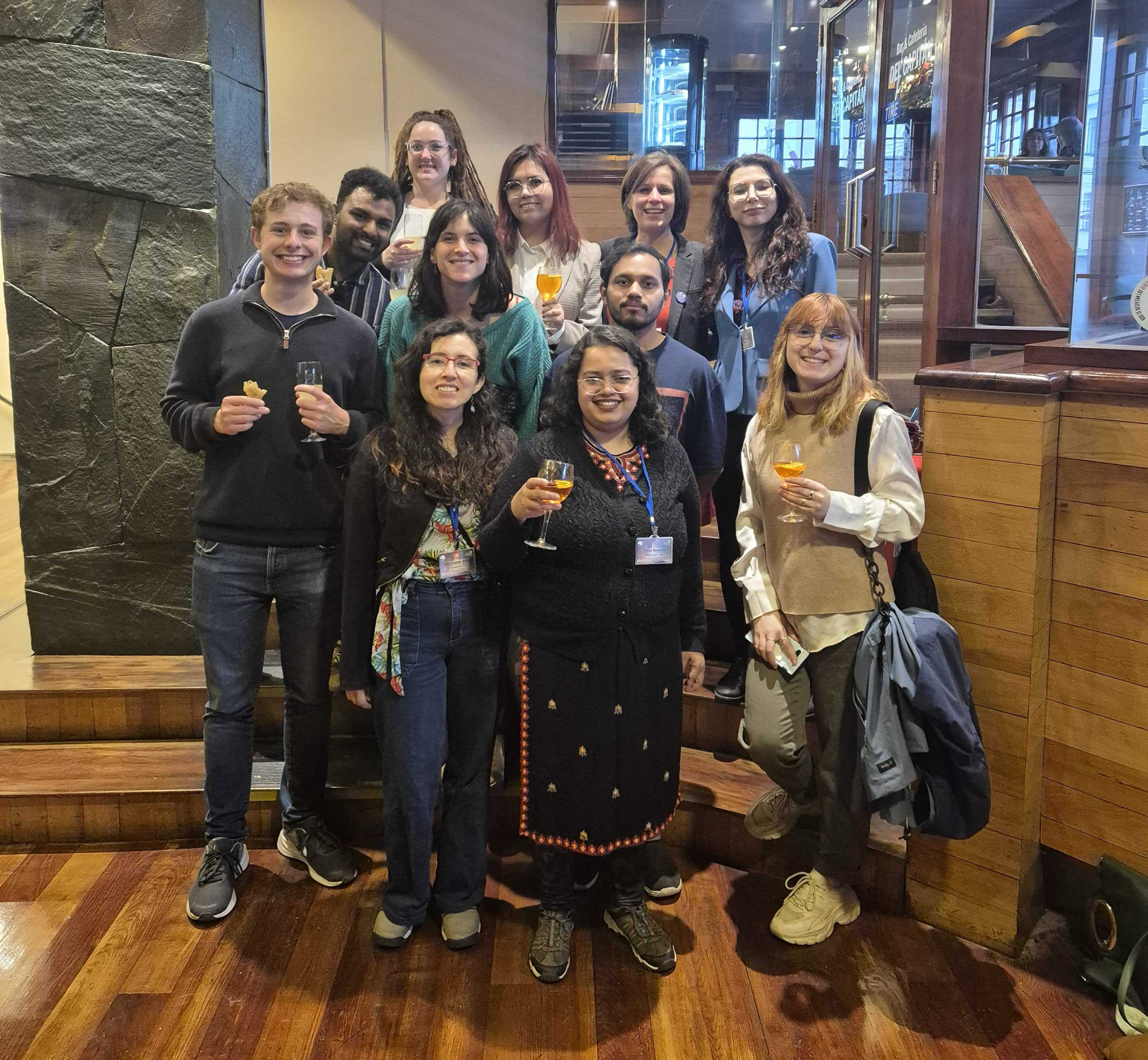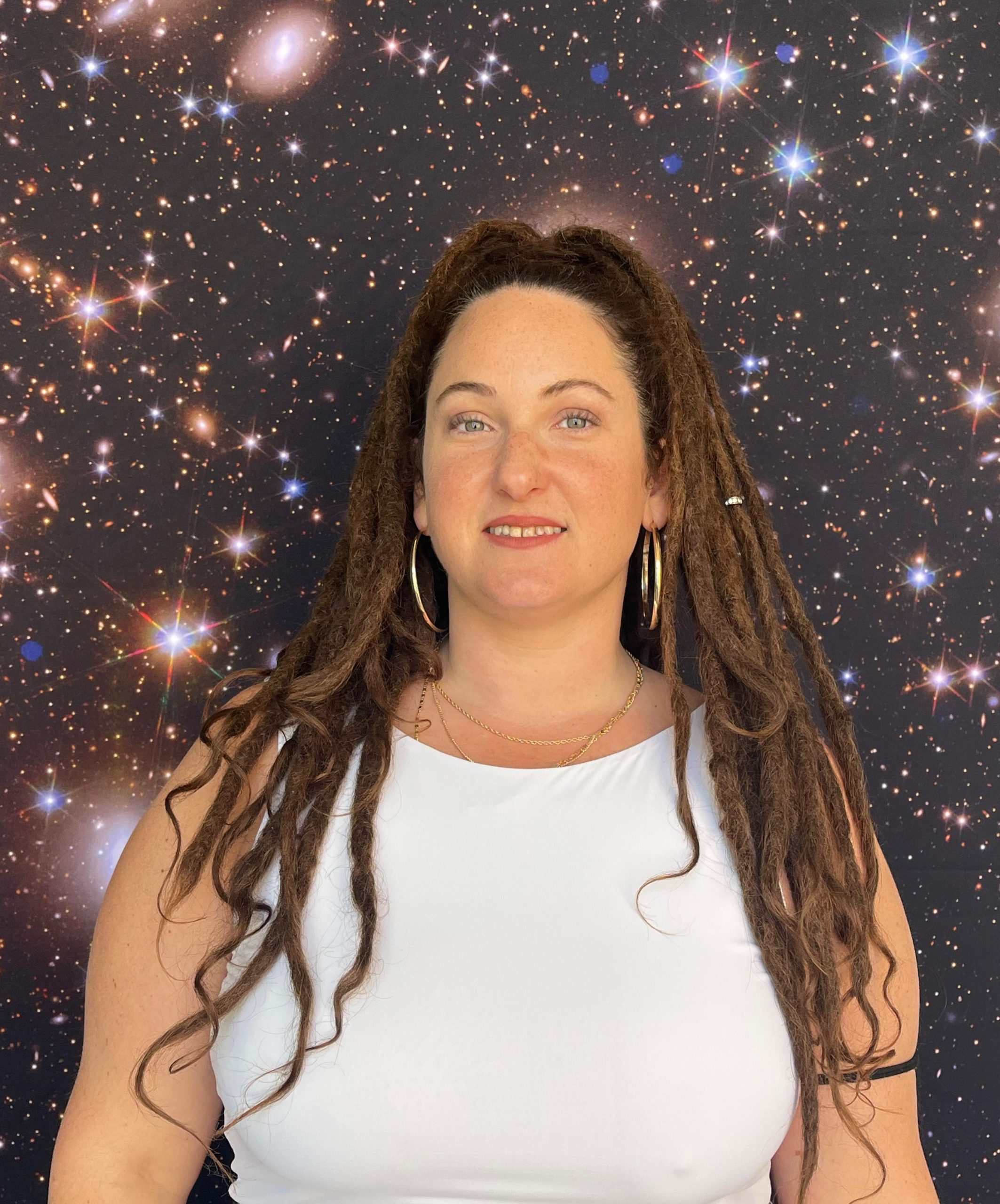-
Astronomers at the IEA plan to probe the physics of star formation and the interstellar medium with the SDSS-V Local Volume Mapper.
-
From the solar system to the most distant galaxies, IEA astronomers use ALMA to explore the Universe at diverse scales.
-
From supernovae and nearby galaxies, to high-redshift ones, VLT/MUSE allows us to study objects in incredible detail across the optical realm.
INSTITUTO DE ESTUDIOS ASTROFÍSICOS

About Us
The Instituto de Estudios Astrofísicos (IEA) brings together a vibrant community of faculty, graduate students, postdoctoral researchers, visiting scholars, and a dedicated outreach coordinator — with members contributing to both research and public engagement. Our four-year PhD (graduate) program in Astrophysics places strong emphasis on early research exposure in addition to relevant coursework. The program currently hosts more than 20 students from across the globe, all of whom are supported financially through scholarships funded by external grants or the Universidad Diego Portales (UDP).
Research
Areas & Projects
Planetary Systems
From the smallest terrestrial worlds to the largest gas giants, understanding the formation and evolution of planetary systems in the galaxy — including our own Solar System — are key to uncovering the origins of life in the Universe.
Read more to find out about our research projects in Planetary Systems.
Stellar and Galactic Astronomy
Stars are the candles of the Universe, and as such the Stellar and Galactic Astronomy area is the window through which we study their structure and life cycle to answer an extensive variety of astrophysical phenomena.
Read more to find out about our research projects in Stellar and Galactic Astronomy.
Extragalactic Astronomy
As we reach beyond the stretch of our own Milky Way within Stellar and Galactic Astronomy, we enter the realm of Extragalactic Astronomy — a rich an active field of study in modern Astrophysics.
Read more to find out about our research projects in Extragalactic Astronomy.
Collaborations
There are several research groups at the Institute that study a diverse range of topics, from our own Solar System and Galaxy, out to the most distant Active Galactic Nuclei (AGN) and Quasars.
The UDP Cosmic Dust Laboratory specializes in measuring cosmic dust opacity to improve astronomical observations. YEMS focuses on the formation of giant planets and young exoplanets. Phylogal brings in an interdisciplinary approach to studying cosmic evolution through phylogenetic trees, inspired by the same from biological methods. AGATHA explores the co-evolution of galaxies and their supermassive black holes (AGN), as well as the interstellar medium. MINGAL centers on understanding how galaxies acquire and process gas through interactions with the environment, employing AI and observations from ALMA and JWST. Finally, CATA conducts interdisciplinary research at the intersection of astronomy and related technologies.
Publications & Press
Find a list of publications that are authored and co-authored by our members. Here, we also showcase the IEA in the media — including international scientific press releases and articles featuring our research. This highlights our team’s contributions in the global astronomy research space.






Our PhD Program
The PhD program is aimed at applicants with a bachelor’s or master’s degree in astronomy or related sciences who wish to further their studies to develop a research career in Astrophysics.
Meet our PhD graduates at:






